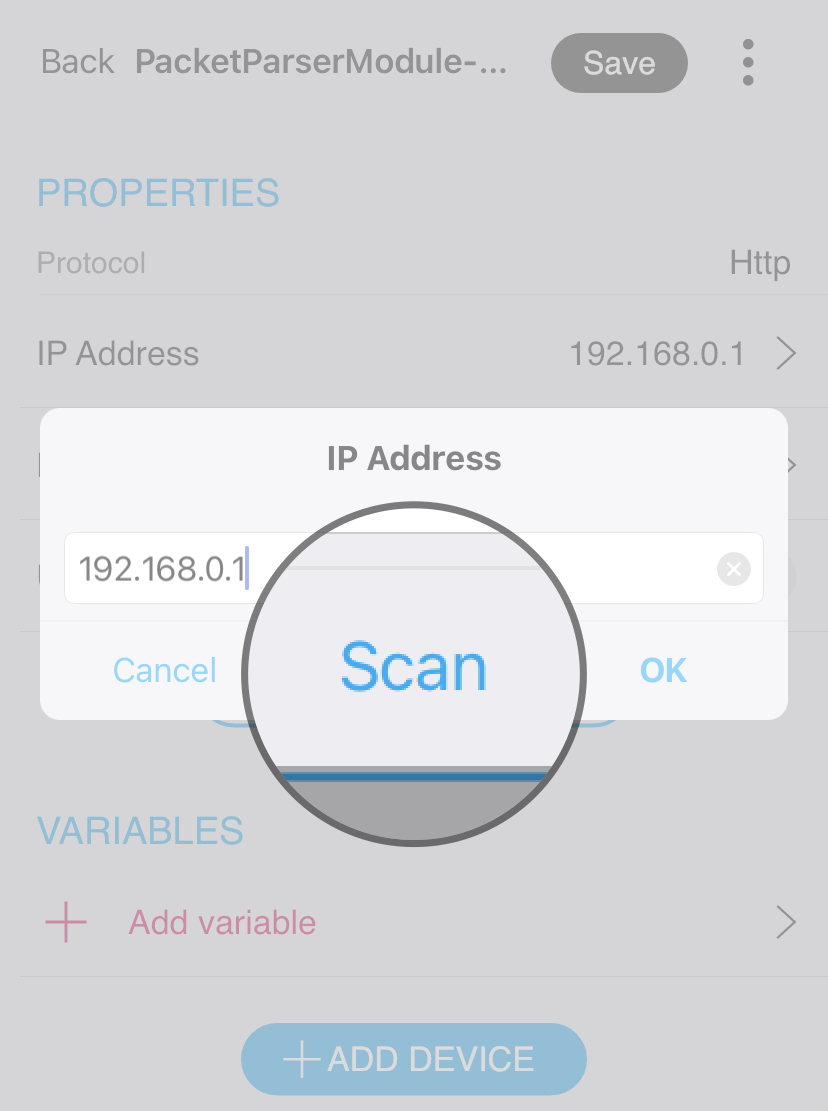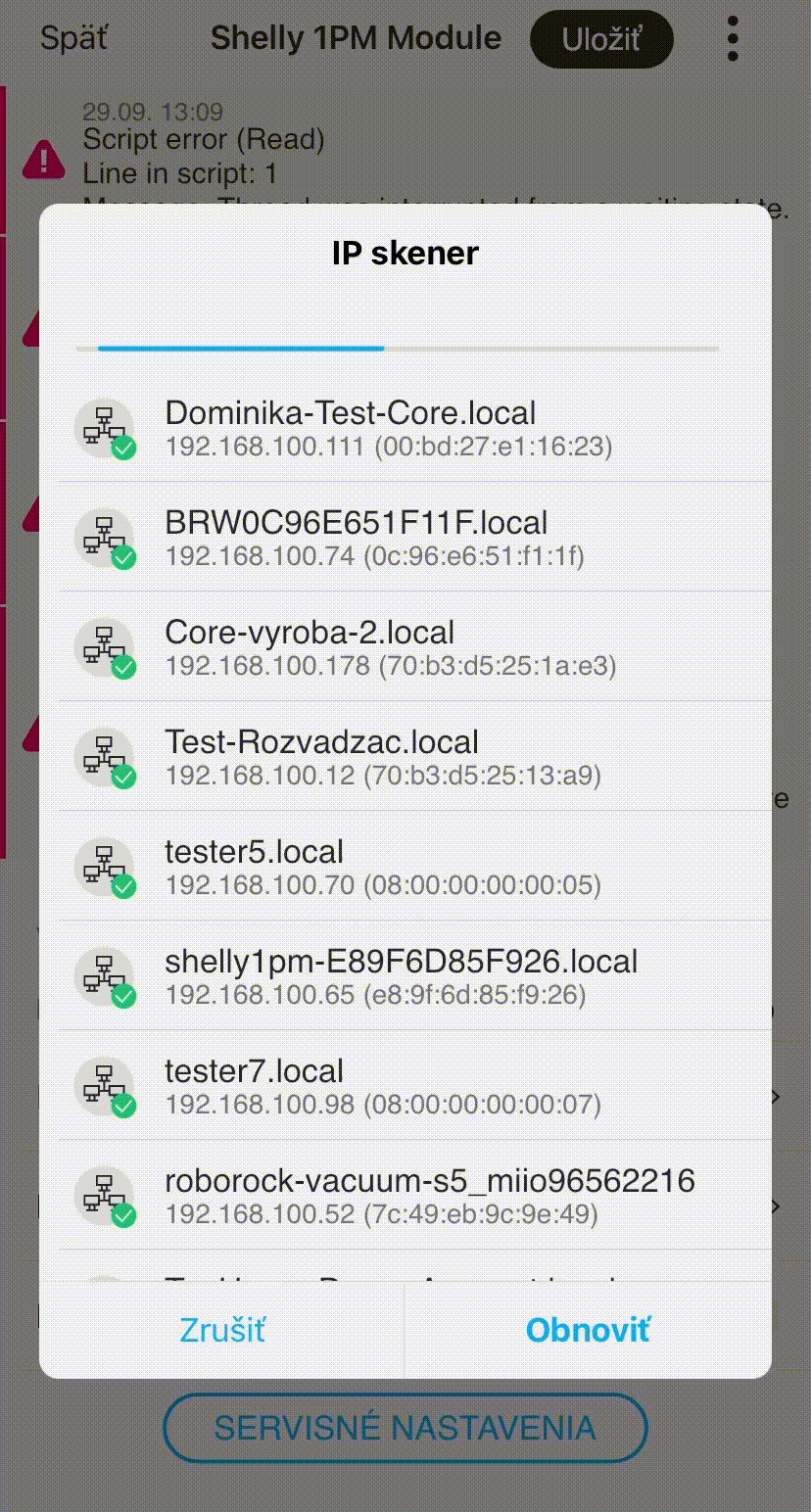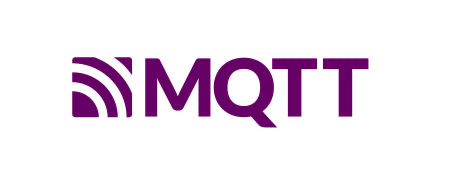- • Requirements for the controlled devices
- • Dashboards, Zones, Categories
- • Simple thermostat with hysteresis
- • Simple Heating management using Weekly schedule and Presence switch
- • Power limiting
- • Notification on high temperature (DEPRECATED)
- • Configuring hysteresis control via Equation Smart Rule
- • PID Temperature regulation
- • PID Cascade
- • Regulation of Boiler Cascade
- • Equithermic regulation
- • Heating control in high electricity tariff via load management tariff indicator input
- • Heating and Cooling modes
- • Editing multiple devices
- • Integrate multiple control units Core
- • Safe values
- • How to combine two daily schedules in one day
- • Linking devices together
- • Device log
- • Using statistic values in Smart Rules
- • Hot water circulation pump control
- • Exporting data from TapHome into Google Spreadsheet using Integromat
- • Exporting device descriptions
- • 2023
- • 2022.2
- • 2022.1
- • 2021.3
- • 2021.2
- • 2021.1
- • 2020.1
- • 2019.1
- • 2018.1
- • 2017.1 - Blinds automation - angle control update
- • 2017.1 - Blinds automation - Depth of sun rays
- • 2017.1 - Charts updated
- • 2017.1 - Core update from the app
- • 2017.1 - Double click and triple click
- • 2017.1 - Expose devices
- • 2017.1 - Multi-value switch
- • 2017.1 - Permissions
- • 2017.1 - Replace module action
- • 2017.1 - Set to Automatic mode - "Push buttons event" Smart Rule
- • 2017.1 – Daily schedule Smart Rule
- • Firmware changelog
- • Transition of MAC address handling
2022.2
Simple setup of a new location
You must be logged in with your TapHome account to set up. The new controller, once powered on, can be found in Locations right at the top and will scan itself. We have removed the original Logout -> Log in via LAN procedure.
Packet parser
The new packet parser has undergone a complete overhaul, adding error conditions with descriptions and stability improvements. We have extended parsing with new commands to work with XML, JSON, String, Byte Array formats. The ability to use parsing via created templates remains. You can also now select Sonos playlists through the TapHome app, and we've added the Tidal streaming service and internet radio. So there's nothing standing in the way of controlling your music.
You don't need an app update for the new templates.
We've moved the templates for Modbus and Packet parser to an online Github repository. This means you need the internet to update them. If you make a new template yourself, you can save it or share it with other users via Github.
Packet Parser and Modbus templates on GitHub:
Custom XML templates for Packet Parser and Modbus GitHub - taphome-official/modbus_templates GitHub - taphome-official/packetparser_templates
DALI lamps
It is no longer necessary to configure DALI luminaires in the Resi software. We have expanded the Modbus template for DALI so that you can make all settings only in the TapHome app.
Adding multiple TapHome or Modbus RTU buses
You will need a USB / RS485 interface for expansion. In this way, for example, you can use all the buses on the Core for the distribution of TapHome devices, and for Modbus RTU you use USB expansion.
New packet parser
- Support for MQTT - thanks to this support, it is possible, for example, to receive immediate information about a change in the packet parser device to taphome
- Stability Improvement - Added error states with description
- New commands for working with XML, JSON, String, Byte Array formats
- Sonos - new template with support for playlists
- Satel - new templates for alarm
- Dali - new templates for lamps
- Shelly - new templates for Shelly Door-Window, Shelly Motion 2, Shelly 1PM
- Weather - new templates for Ecowitt WS2910
- Heating - We have added a template for Sensibo Air Conditioner Smart Control
- Lighting - new templates for Yeelight Color
Improvement of the scripting language:
- Support for cycles
- Support for data types
TapHome accounts vs. Local accounts
- Option to enable or disable remote access for TapHome accounts (email/password).
- Local accounts (admin/admin) have remote access disabled.
- The initial password of the local account "admin" must be set by entering Access token of the controller before first use.
- The initial setup (initialization) of the control unit can only be done when you are logged in via the TapHome account - even in a situation where the control unit is not connected to the Internet. Hence, local accounts are no longer necessary, and at the same time the user never has to log out of his account.
- The application can identify control units in the same local area network (the "LAN" icon), and offers them at the top of the list of locations.
If the application finds an uninitialized unit in the same local network, clicking on it will directly start the initialization process (in older versions, it was necessary to log out of the account, or use the menu Add location.
IP scanner
You will no longer need the Fing application or the Windows Advanced IP scanner. You can scan the local network directly when adding a device via Modbus TCP or Packet parser. The system assigns them an mDNS address, so you do not need to set up an IP address reservation in the router.


Using hardware timers from devices
It does not overload the bus when fading, dimming with buttons, etc. We currently support Zigbee and TapHome Bus. Support for DALI dimming is not yet available.
New MQTT Broker hardware interface
To use the MQTT protocol, you no longer need a separate Linux computer, but it can run directly in Core. Through the new packet parser, you can also use push-button WiFi devices and they will have immediate response.
